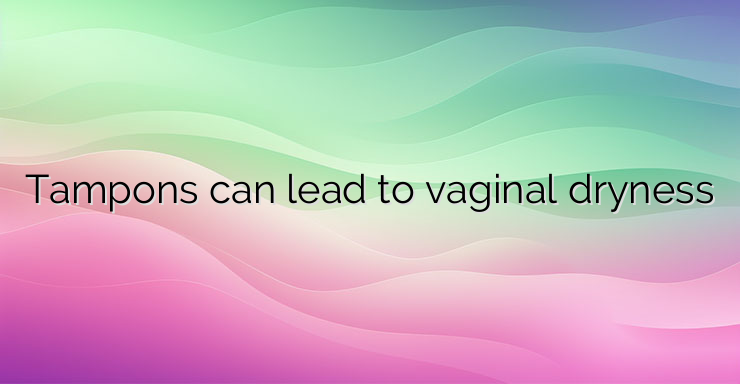In the past, women used wool and even rolled paper for tampons. The first commercial tampons appeared in 1930, and today women use up to 12,000 intimate hygiene products in their lifetime. Is there a better choice? Although menstruation is a completely normal biological process, it is often a taboo subject. The menstrual cycle begins every 28 days and lasts from puberty to menopause. Each month, in response to the hormones progesterone and estrogen, the lining of the uterus enlarges in preparation for pregnancy. If pregnancy does not occur, progesterone levels drop and the lining begins to shed. Menstrual blood is a combination of this uterine lining and arterial blood from the uterus. Between 30 and 90ml of fluid is lost during menstruation and 81% of women use tampons as their primary method of absorbing this blood. In most cases in combination with sanitary napkins. Tampons are made from materials that have absorbent properties, such as cotton and rayon. These materials also provide an environment suitable for the growth of staphylococci, which can lead to a rare but potentially fatal disease known as ‘toxic shock syndrome’. Because menstrual blood “adds” neutralizing proteins to the vagina, which normally has higher levels of acidity, its ability to kill bacteria is reduced. NEWS_MORE_BOX In 1983, the Centers for Disease Control and Prevention recorded more than 2,200 cases of toxic shock syndrome, but by 1997, that number had dwindled to just 5 cases. This is due to increased awareness of tampon use, including the knowledge that tampons should be changed at least every 8 hours. It is important to keep in mind that using tampons can lead to vaginal dryness and cracking of the skin, which can increase the risk of developing infections. You can learn more about tampons from the Asapscience video:


Leave a Reply